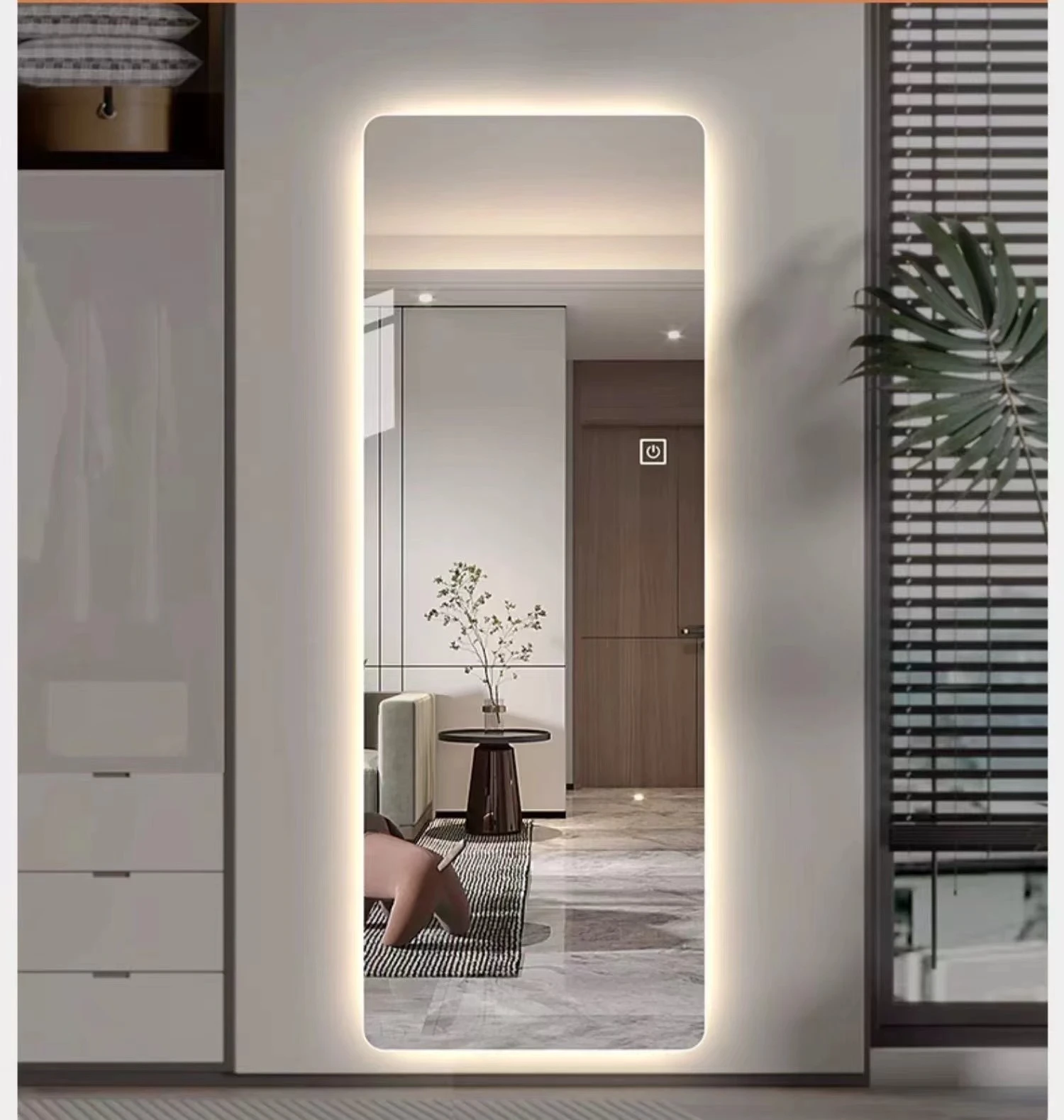

The Advantages and Applications of Tempered Glass Sheets
Tempered glass, also known as toughened glass, has revolutionized the glass industry, becoming a preferred material in various sectors due to its superior strength and safety features. This form of glass is manufactured through a process of extreme heating followed by rapid cooling, which enhances its strength compared to standard glass. The increasing demand for tempered glass sheets in construction, automotive, and consumer products underscores its significance in modern design and functionality.
One of the most significant advantages of tempered glass sheets is their exceptional strength. During the tempering process, the glass is heated to temperatures around 620 to 660 degrees Celsius and then cooled quickly. This process induces compressive stresses on the surface and tensile stresses within the glass, making it significantly more robust than its untreated counterpart, often up to five times stronger. This high tensile strength means that tempered glass can withstand impacts and thermal shocks, making it an ideal choice for environments exposed to harsh conditions.
Safety is another critical factor that drives the popularity of tempered glass. When broken, tempered glass shatters into small, blunt pieces rather than sharp shards, reducing the risk of injury. This characteristic makes it an excellent option for applications where safety is paramount, such as in shower doors, glass railings, and windows in high-rise buildings. In addition, its robust nature means that it is less likely to break under stress, further enhancing safety in residential and commercial spaces.

In building and architectural design, tempered glass sheets are frequently used in facades, skylights, and curtain walls. They allow for large expanses of glass that enhance the aesthetic appeal of modern architecture while providing the necessary structural integrity. The ability to customize tempered glass with coatings or tints enhances its functionality by improving energy efficiency. For instance, low-emissivity (low-E) coatings can reflect infrared light, keeping interiors warm in winter and cool in summer, thus reducing heating and cooling costs.
The automotive industry also benefits significantly from tempered glass sheets. Windshields made from tempered glass are designed to provide safety and durability. They withstand the rigors of weather changes and potential impacts during accidents. In addition to windshields, the side and rear windows of vehicles often utilize tempered glass due to its strength and safety features. The combination of such properties contributes to overall vehicle safety ratings, which are crucial for manufacturers.
Beyond construction and automotive applications, tempered glass sheets are utilized in a variety of consumer products. Its use in furniture, such as tables and shelving, adds a modern and elegant touch while ensuring durability. In the electronics industry, tempered glass is applied as screens for devices, providing scratch resistance and added safety for consumers. The rise of smart technology has also led to its increased use in touchscreens and display panels, where clarity and resilience are essential.
In conclusion, tempered glass sheets are a versatile and vital material across various industries due to their strength, safety, and aesthetic appeal. Their ability to withstand thermal stress and impact makes them suitable for applications requiring durability and protection. As technology continues to evolve, the innovations in tempered glass processing and applications are likely to expand, further enhancing its role in modern design and architecture. With safety and style being prime considerations in today’s world, tempered glass sheets are poised to maintain their standing as a preferred choice for both consumers and industries alike.